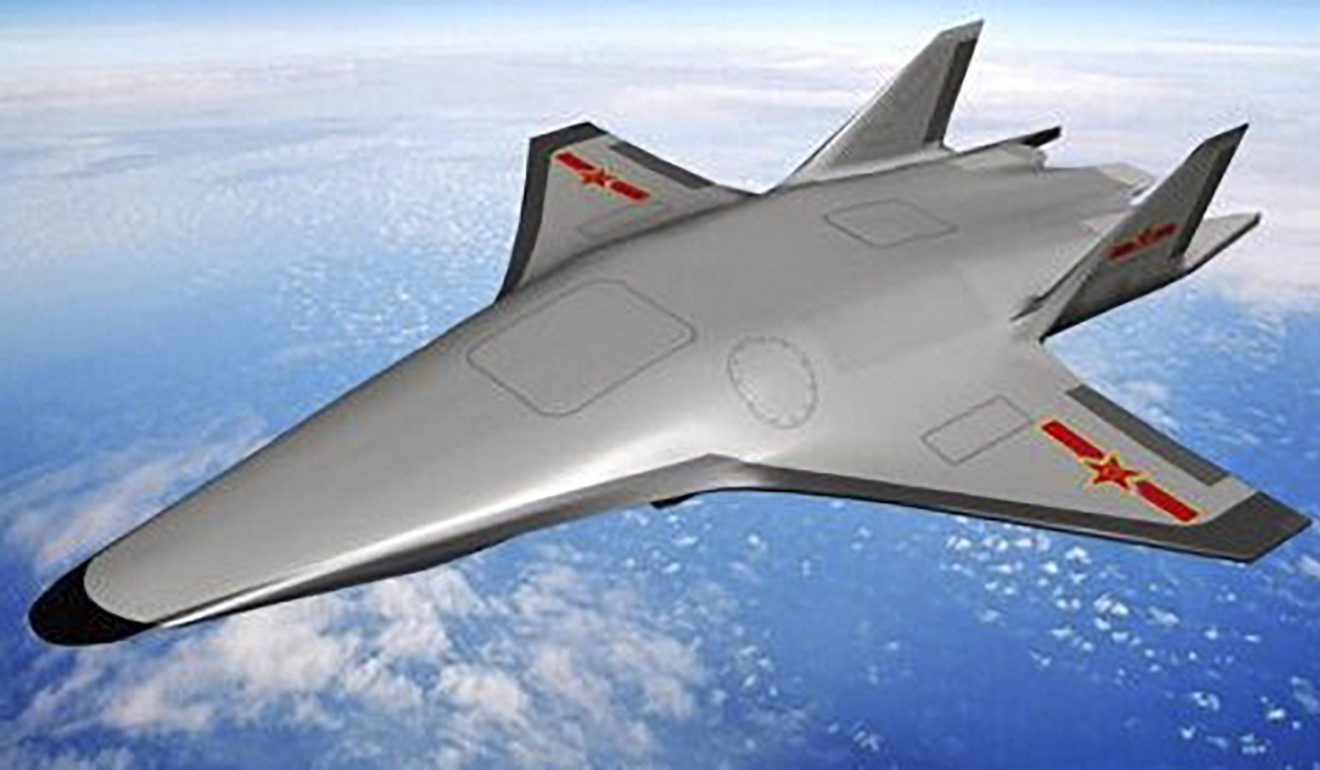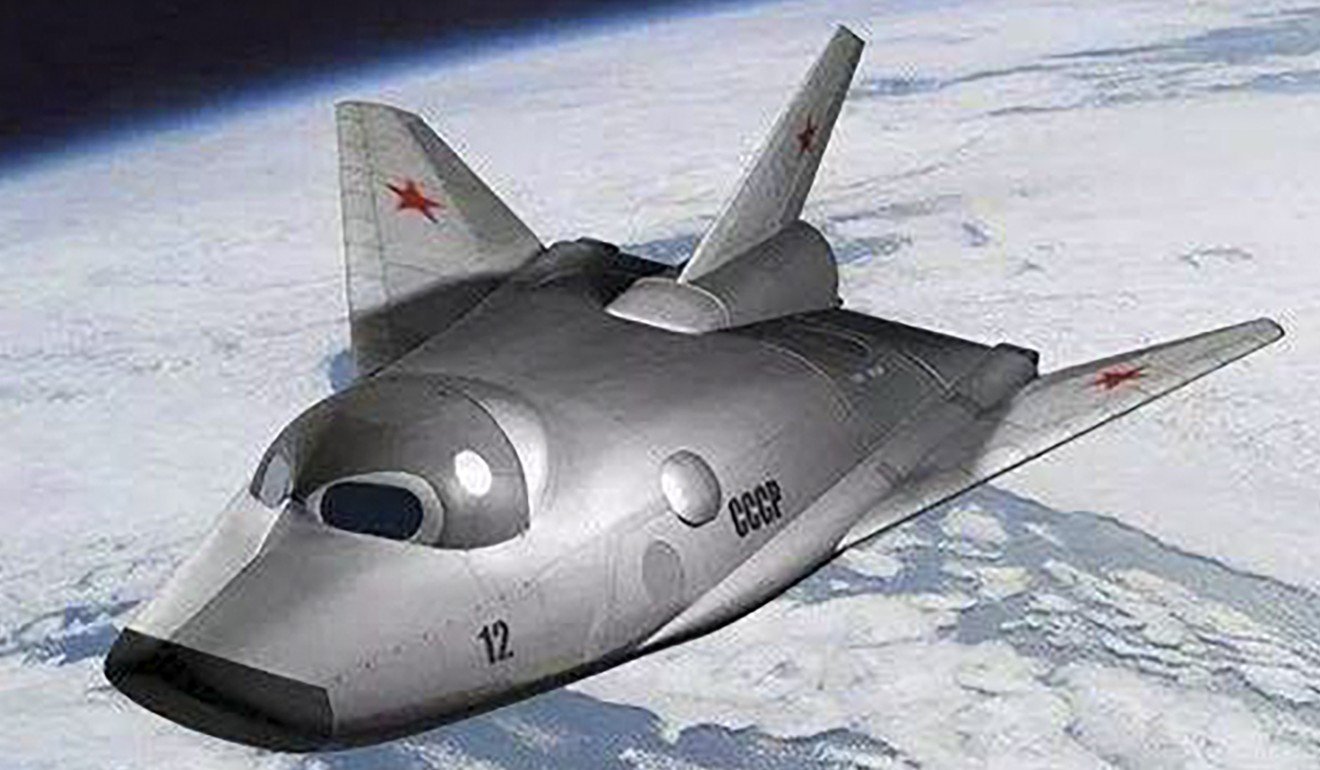Sunday, June 25, 2017
Legislation for 'Space Corps' Military Branch Introduced By House Armed Services Committee
Sent from my iPad
Saturday, June 24, 2017
Monday, June 19, 2017
Saturday, June 17, 2017
Friday, June 16, 2017
X37C
Well, after talking to Capitol Hill staffers, they too are suffering the same head issues I am. At least I'm in good company.
Rather than talk about what Congress will or will not pay for, let's review what Congress has done since 2010 on space funding.
Congress has, on its own and despite both opposition from the Administration and aggressive delaying tactics on the SLS and Orion programs from NASA, appropriated those amounts needed to keep both Orion and SLS on track. And just as it's done since 2010, Congress is going to do what it wants on HSF, which is fund Orion and SLS fully.
What Congress sees is not a justification for Commercial Crew. Far from it. Congressional staffers are well aware of the true progress of that program and no, none of those players are getting us to ISS anytime soon. That's largely NASA's fault since Congress has informed it that the CCP program needed to down-selected years ago to better focus limited resources for faster progress. But NASA's leadership didn't do that for political reasons. Loose Boeing and CCP looses luster and respectability. Loose Sierra Nevada and we working on three capsule programs. And if you want to make engineers working in GN&C or ELSS laugh, tell them that one of the CCP companies will be flying crews by 2016. Guffaws galore.
And those in Congress specializing in space are well aware that, had getting independent access to ISS for our nation really been Job #1 for NASA's leadership, then the Administration would have approved Boeing's proposal for the X-37B follow-on, the 5 crew X-37C. We are talking about a dependable spacecraft that can sit in orbit for over a year and NASA said no to making it a crewed vehicle. Why?
http://www.nasaspaceflight.com/2013/03/x-37b-expanded-capabilities-iss-missions/
What Congress does see is that if we had not gone through the nonsense of 2010, we would be much closer to our own capability to launch crews to ISS than we are today. Instead, Neil Armstrong was right–the Administration changed our nation's HSF course in secret, without consultation, and mucked things up.
When it comes to the Moon, Congress is funding $3.5B annually on the DDTE for Orion and SLS. Anything else will have to wait for a new Administration as there is zero trust right now in Congress of anything the White House or NASA HQ are selling about human spaceflight.
Sent from my iPad
Wednesday, June 14, 2017
Monday, June 12, 2017
Fwd: China’s spaceplane
Sent from my iPad
Begin forwarded message:
From: "Robert Hooi" <RWLH21@comcast.net>
Date: June 12, 2017 at 2:01:16 PM CDT
To: <Undisclosed-Recipient:;>
Subject: China's spaceplane
Reply-To: "Robert Hooi" <RWLH21@comcast.net>
China's spaceplane
PUBLISHED : Thursday, 08 June, 2017, 8:30am
UPDATED : Thursday, 08 June, 2017, 11:50amNews›China›SocietyStephen Chen binglin.chen@scmp.comKey feature will be its horizontal take-off, instead of vertical like traditional spacecraft – and it will be able to land at an airportChina has made "significant progress" in building a spacecraft that can take off and land using an airstrip the way planes do, a development that one expert says could narrow the space technology gap with the United States.
The spaceplane is being developed by the China Aerospace Science and Industry Corporation (Casic) as part of Beijing's space programme. The aim is for it to carry both astronauts and cargo to and from space missions, Liu Shiquan, vice-president of Casic, a key defence contractor, said.
Liu revealed the plan at the Global Space Exploration Conference in Beijing on Monday.
A key feature of the spaceplane would be horizontal take-off, instead of vertical like traditional spacecraft, Liu told the official Science and Technology Daily.
China making plans to put people on the moon [1]
That would make it similar to a normal plane, but it would be fast and powerful enough to move beyond the atmosphere and dock with other spacecraft, or a space station at near-Earth orbit – and it would be able to land at an airport.
Liu said the project team had finished almost all ground experiments and overcome key technical hurdles such as engine design and construction. He did not give a date for the first test flight.
Experts said the spaceplane, if successful, would make going to space cheaper and more environmentally friendly, while helping China to progress in the technology race with other countries.
"This is a milestone development. It means that China may be catching up with the US in the space race, and is trying to get ahead," said Professor Zhang Tao, a scientist at Beihang University in Beijing, who led a national project developing new materials for the defence and space industries. News of the project comes after the US Air Force landed its experimental X-37B spaceplane in Florida last month, its fourth orbital test flight. Its main objective, the US military said, was to develop reusable spacecraft technology.
Zhang, who has been briefed on the project, said the Casic spaceplane was more sophisticated. He said the X-37B was launched vertically with a rocket and launchpad, while its bulky fuselage and small wings made it technically a small, unmanned version of a space shuttle.
But the Chinese spaceplane had a "slender, more aerodynamic body" that meant it could take off by wing and share ground facilities with military or even civilian aircraft, Zhang said.
China plans ambitious space mission to hunt and 'capture' asteroids by 2020 [2]
The Casic spaceplane would be a bigger version of Virgin Galactic's White Knight Two, he said. The private company's spacecraft was designed to carry six tourists for six minutes in space, while the Chinese spaceplane aimed to take astronauts and cargo to space stations.
The project was first proposed in the 1980s but remained on the back-burner for some time. Opponents said it was too risky, too costly and too challenging. The cheaper and more traditional Shenzhou spacecraft was instead chosen for manned missions. But the People's Liberation Army has continued to fund the project, industry insiders say. And it could become a powerful weapon for the military – used for long-distance strikes or surveillance.
Spaceplane proposals have appeared elsewhere, but many were abandoned or making slow progress because of the technical challenges. Many test flights of White Knight Two have already been conducted but it has yet to travel above the atmosphere.
Cao Qingjie, professor of non-linear dynamics with the School of Astronautics at Harbin Institute of Technology, said the environment was quite different in space and the atmosphere, and spacecraft designed to do well in both often performed poorly. "The change of gravity alone can easily mess up flight control," he said.
China's space ambitions open up a world of wonder and opportunity [3]
A researcher at Beijing Institute of Technology said the Casic spaceplane might have a hybrid engine, adding "the more complex an engine, the more likely it is to shut down in an accident".
But Zhang said Casic's announcement suggested most of the problems had been solved. "I expect a test flight soon," he said.
Links
[1] https://www.scmp.com/news/china/society/article/2097278/china-making-plans-put-people-moon
[2] http://www.scmp.com/news/china/policies-politics/article/2093811/china-plans-ambitious-space-mission-hunt-and-capture
[3] http://www.scmp.com/comment/insight-opinion/article/2089158/chinas-space-ambitions-open-world-wonder-and-opportunity
[4] http://www.scmp.com/news/china/society/article/2097278/china-making-plans-put-people-moon
Sunday, June 11, 2017
Saturday, June 10, 2017
Thursday, June 8, 2017
Wednesday, June 7, 2017
Sunday, June 4, 2017
Thursday, June 1, 2017
EO weapons !
Isn't it nonsensical , we destroyed the shuttle after spending billions on it!!! This capability would be useful in this effort!!!!







